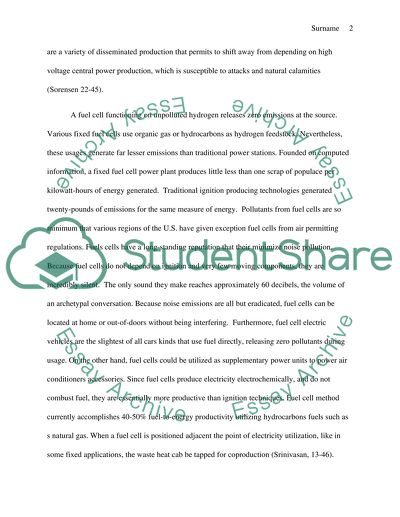RECOVERY OF PLATINUM GROUP METALS (PGMs) FROM SCRAPPED FUEL CELLS Research Paper. Retrieved from https://studentshare.org/chemistry/1472073-recovery-of-platinum-group-metals-pgms-from
RECOVERY OF PLATINUM GROUP METALS (PGMs) FROM SCRAPPED FUEL CELLS Research Paper. https://studentshare.org/chemistry/1472073-recovery-of-platinum-group-metals-pgms-from.


